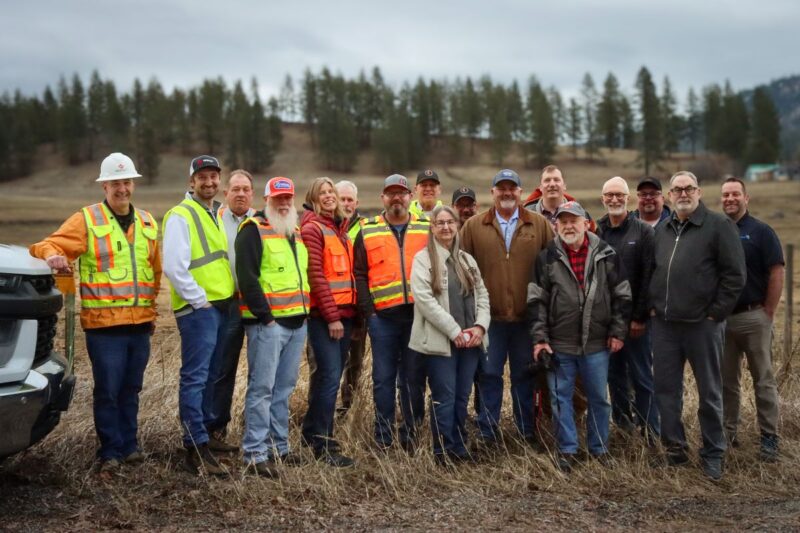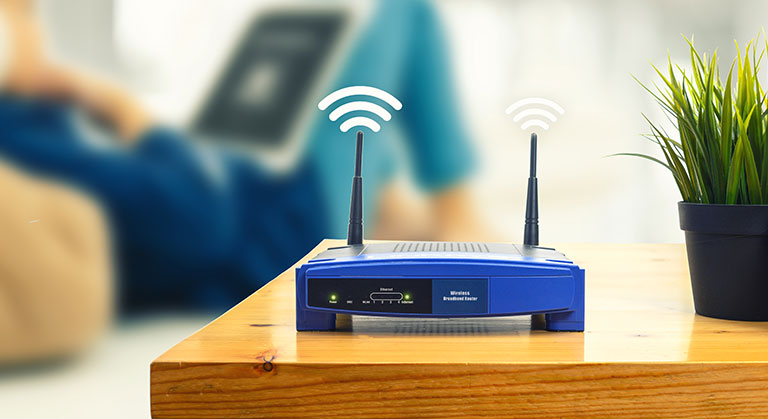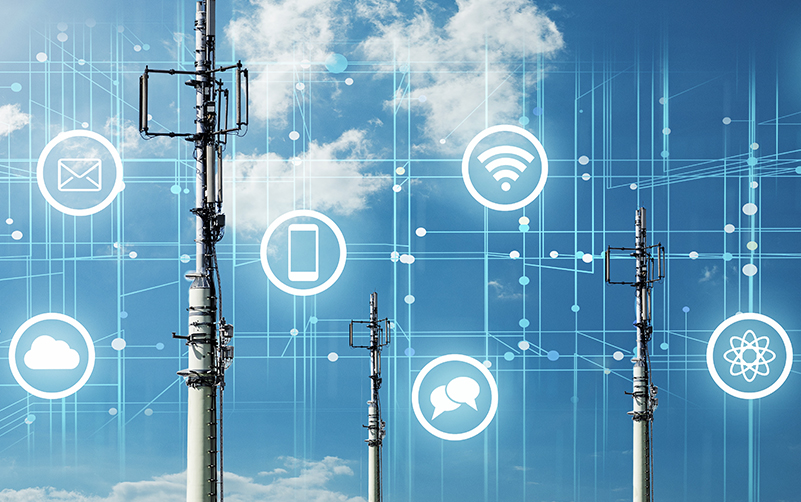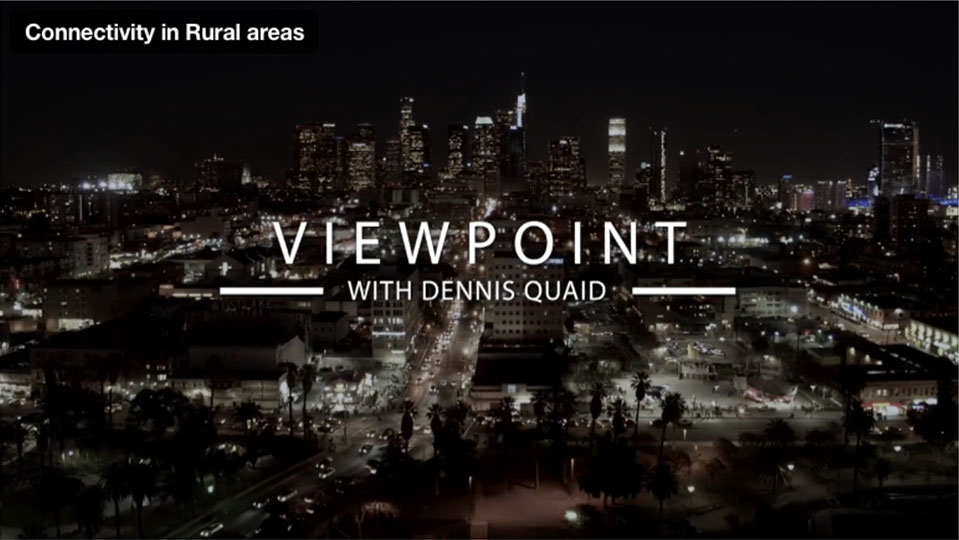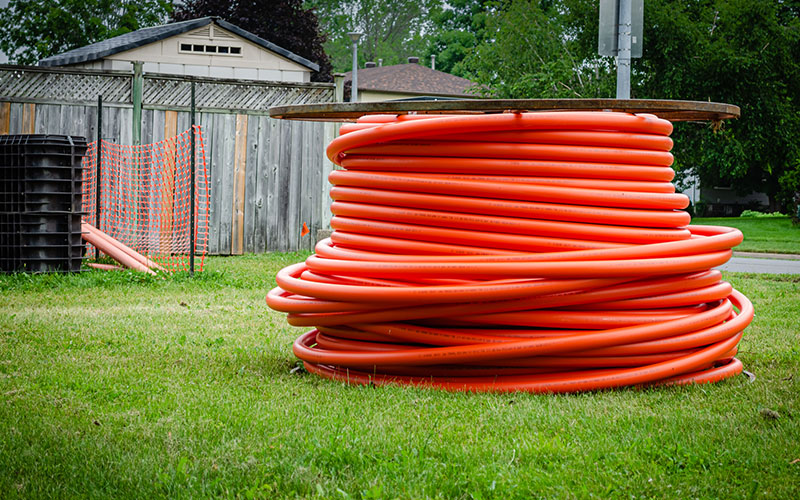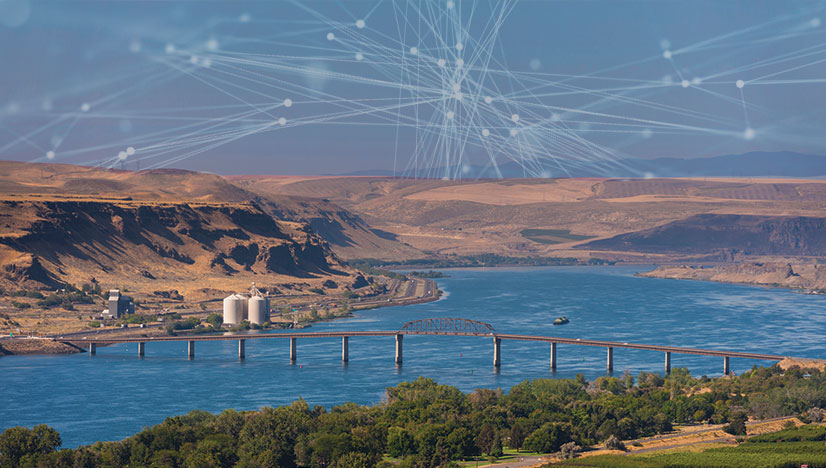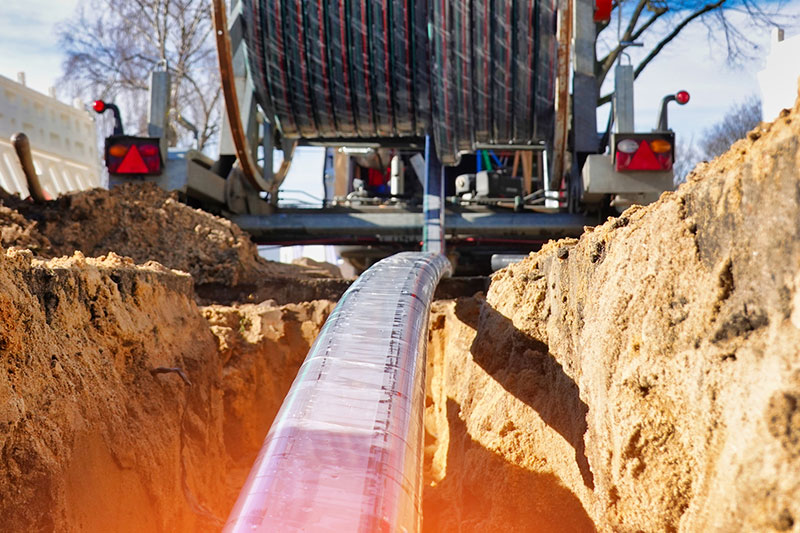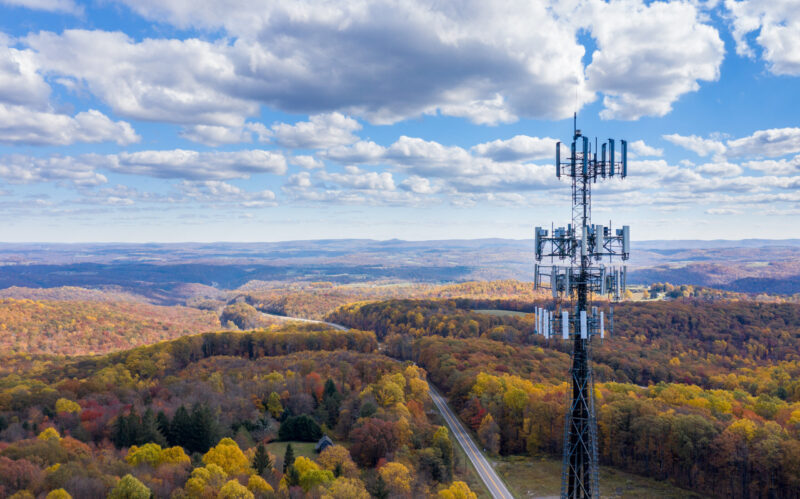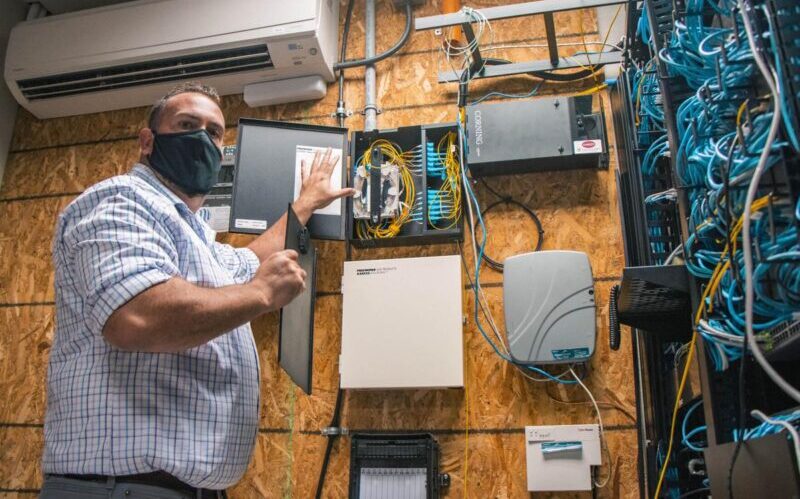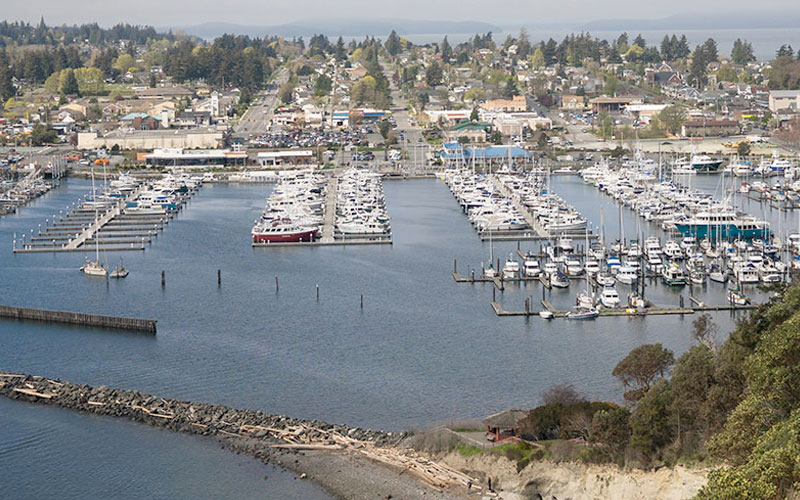When the World Wide Web launched more than 30 years ago, the speed for data transfers was limited by the technology of the day: dialup. Since that time, data transfer speeds have evolved dramatically, and as technology advances, so does the need to enhance our broadband capacity. This means it is critical to hold our decision makers to maintaining high-capacity standards for grant programs to use resources (and our tax dollars) in a way that prepares for the exponential growth ahead.
To appreciate the urgency of planning for scale, it is as simple as looking back and recognizing where we are today from where we started. In 1995, nearly half of the country hadn’t even heard of the internet. Today, 85% of Americans use the internet every day, and 1 in 3 say they’re online “almost constantly.”
A Look Back: ARPANET to WWW’s infancy
In 1969 the U.S. military’s research arm, the Advanced Research Projects Agency (ARPA), began work on a communication project, which led to the creation of ARPANET, spurring the ability for computers to talk to each other on a network. ARPANET eventually connected military installations, third-party contractors, and a handful of universities in the US, sparking the infancy of the Internet. By the late 1970s and early 1980s, a new communications standard called Transfer Control Protocol/Internetwork Protocol (TCP/IP) was adopted. The launch of the TCP/IP technology allowed all computers to finally “talk” to each other.
By 1989, a researcher named Tim Berners-Lee proposed a “distributed hypertext system,” which effectively created the World Wide Web, the Hypertext Transfer Protocol (HTTP), and the modern-day web address (URL). He established a decentralized repository of information, linked together and shareable with anyone who could connect to it.
World Wide Web Advent
The 1990s saw the commercialization of the internet, with the development of web browsers like Netscape Navigator and the increasing accessibility of the World Wide Web to the general public. Once the Mosaic web browser was introduced in 1993, the “internet boom” of the 1990s surged. In 1990, 42% of U.S. adults said they used a personal computer at home, work or school, but few of them were connected to the internet. In 1995, just 14% of adults used the internet; by 2000, almost half of Americans had gone online. (source: https://www.allconnect.com/blog/history-of-internet)
For most of the internet’s early history, dial-up (connected to standard telephone lines) was the primary way for computers to connect with each other throughout the 1990s. In early 1993, the fastest available modem was capable of transferring data at a maximum speed of 14.4 kilobytes per second (kbps), or 51.84 Mb per hour. The launch of the 28.8k modem in 1994 doubled this, then in 1996 33.6k modems followed, and eventually 56k versions arrived in 1998.
Post-Millennial Revolution
It wasn’t long until broadband, including DSL, cable, and fiber optics, revolutionized internet access with faster speeds and always-on connectivity. In 2004, most Americans connected by broadband via cable systems. Fiber optic cables rapidly replaced traditional copper wiring (coaxial cable) as the backbone of modern telecommunications. With fiber, data is transmitted through ultra-thin strands using pulses of light for an uninterrupted flow of information at lightning-fast internet speeds (ranging from 100 Mbps to 10 Gbps and beyond), and superior reliability.
Mobile broadband—connecting to the internet through a cell phone—also exploded in popularity in the past decade. At the end of 2013, there were about 1.9 billion smartphone subscriptions in the world, and by the end of 2018, there were about 5.3 billion—that’s a jump of about 180% in those five years. Mobile internet evolved from 2G to 5G networks, offering increased speeds and mobile connectivity for users on the go. Networking hardware company Ericsson commissioned a consumer report that predicted the average American’s smartphone data usage to balloon up to possibly 200 GB per month by 2025. Additional wireless technologies including satellite internet (such as SpaceX’s Starlink) are also helping to bridge the connectivity gap in remote areas with limited infrastructure.
Despite these cascading advancements, in 2017, nearly one million Americans still relied on dial-up internet service, primarily due to price and availability–typically speeds in up to 56 Kbps, drastically slower than what the FCC defines as minimum broadband speeds!
What is “adequate broadband” now, and in the future?
Predictive models on future broadband needs underscore exponential growth. In April 1998, researcher Jakob Nielsen shared his Nielsen’s Law of Internet Bandwidth, which estimates that users’ bandwidth grows by 50% per year. Following 40 years of data points, Nielsen confirmed that Nielsen’s Law fits data tracked from 1983 to 2023. For the future, he states “bandwidth will remain the gating factor in the experienced quality of using the internet medium.”
The FCC originally defined broadband as anything over 200 Kbps in either direction. In 2010, the FCC updated its definition of broadband to 4 mbps downstream, 1 mbps upstream (4/1mbpc). The FCC updated that definition again in 2015 to 25 mbps downstream, 3 mbps upstream (25/3 mbps)–still in use today despite the widespread deployment of ultra-fast fifth generation wireless (5G) networks and high capacity fiber networks. While the FCC’s most recent notice of inquiry (NOI) suggests potentially raising the wireless definition to 35 Mbps downstream, 3 Mbps upstream, the reality of what will happen remains nebulous.
Washington State’s broadband goal is 150/150 Mbps for all residential households buy 2026. Many federal programs now require 100/20 Mbps. What will bandwidth needs be by 2030? 2040? How can we position ourselves now to be prepared?
Planning for our future needs
The vast developments in the last 30 years illustrate the speed and sophistication of the broadband infrastructure needed for scaling. We ask, should we be building networks that meet today’s definition of broadband? Or is that approach a waste of resources, given the history of bandwidth needs’ growth? What networks make sense, moving forward?
As community consortiums addressing our local connectivity interests, Broadband Action Teams (BATs) may have a role as both our “ears” and our “voice” in policy-shaping. Just as vital, the entire consumer public must insist that their tax dollars (state and federal grants) are not being used to build or reinforce out-of-date networks that will soon become obsolete and unusable. This takes shape in calling or writing your local representatives (or Public Utility Districts, or port commissioners) to emphasize the importance of thoughtful, scalable, future-forward broadband planning.
Northwest Open Access Network (NoaNet) is a not-for-profit wholesale telecommunications mutual corporation that has been serving Washington State since 2000. As a mission-driven organization, NoaNet focuses on bringing world-class telecommunications technology to hard-to-reach communities which lack access to high-speed affordable broadband services.


